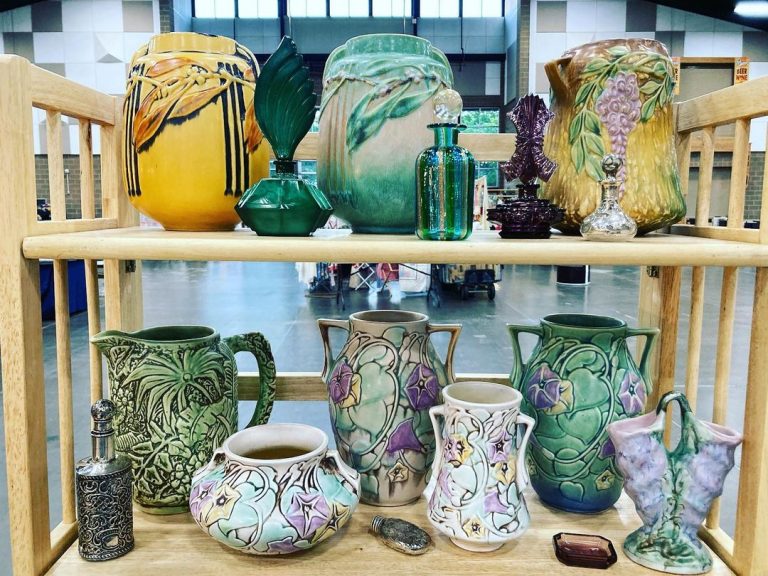

Venetian glass is created in Venice, which on the islands of Murano near the city for several centuries and this is the reason Venetian glass is also called Murano Glass.
It’s traditionally formed of soda-lime “metal,” and it’s usually ornately ornamented with a variety of “hot” glass-forming techniques, as well as gilding, enamelling, or engraving.
Authentic Venetian glass is available in a wide range of costs, from inexpensive little jewellery under $20 to incredibly expensive art glass items. Many genuine Murano Glass pieces are worth hundreds, if not thousands, of dollars.
It could be a highly valuable particular work of art or a precious antique, depending on who made it and when, what technique was employed, and how uncommon a piece is.
Murano’s unique glassblowing technique dates back over a thousand years, having been rediscovered by local artisans from ancient Roman glassware at the end of the first millennium and constantly developed and improved since then.
This glass is manufactured by melting silica, soda, lime, and potassium in a specific furnace at 1500°C until they achieve a liquid condition.
To give glass its brilliant colours and designs, very thin coatings of actual gold or sterling silver, as well as different minerals, are frequently added to the glass mixture (also known as gold or silver leaf).
Copper, for example, is used to create Avventurina’s mineral-like sparkles; zinc is used to make the white colour; cobalt is used to make the blue colour; manganese is used to make the violet colour; and gold is used to make the red hue.
Master glassmakers mouth-blow and/or hand-craft the resulting liquid glass mixture in a succession of intricate steps utilising particular methods including Sommerso, Millefiori, Reticello, Bullicante, Filligrana and others.
Authentic Murano glass pieces are perfect for adding elegance and style to any room. Use groupings to bring your collection of Murano glassware together. Use spaces or shelves against a white or light coloured wall or a window to stand out. Mix and match your Murano piece with your existing collection of display objects. If you have an item you want to show off make sure to add it to the gallery by placing it in a different part of the room.

